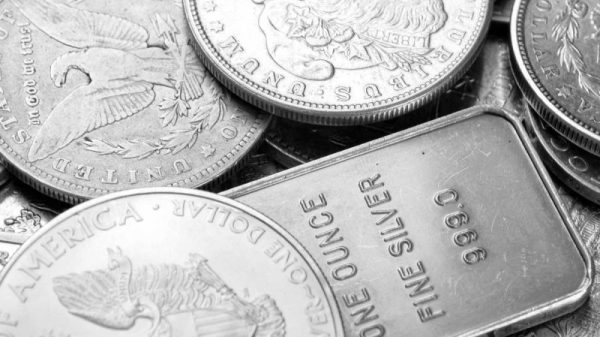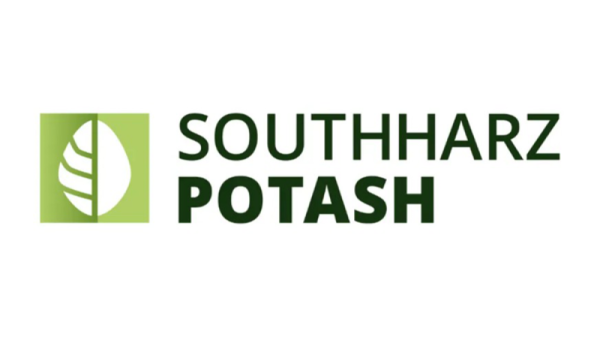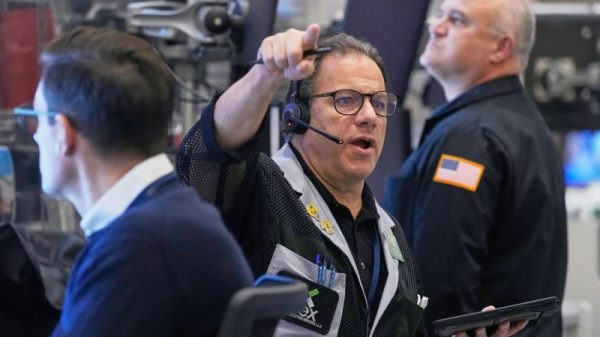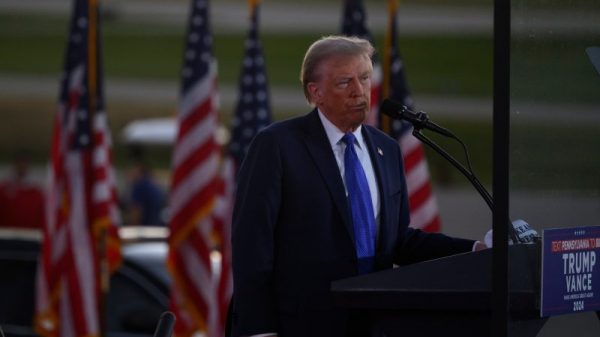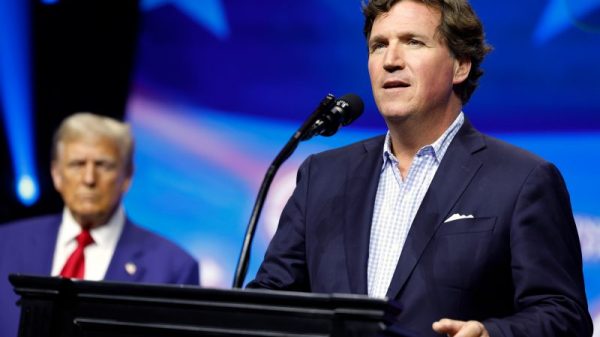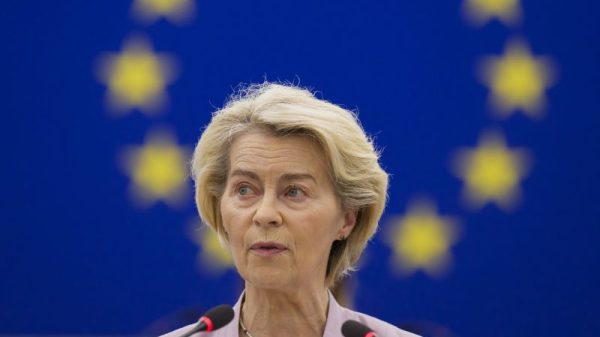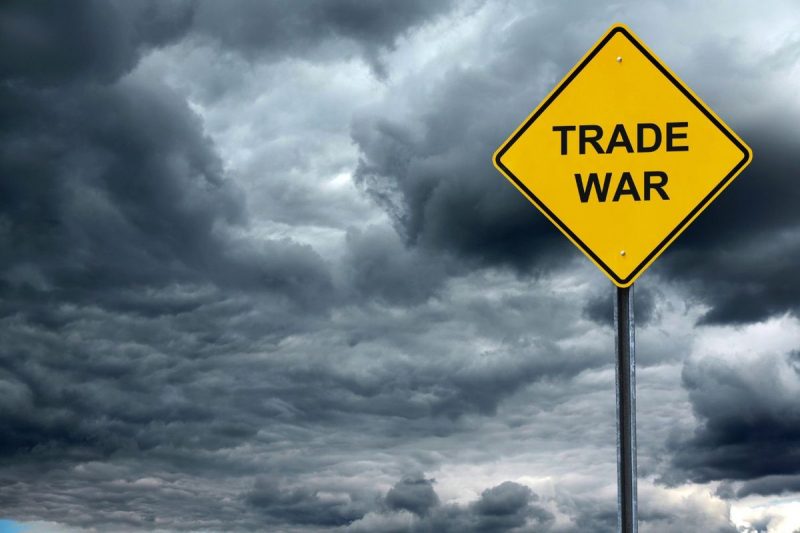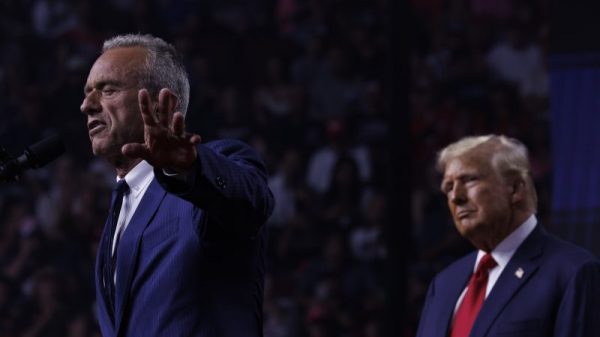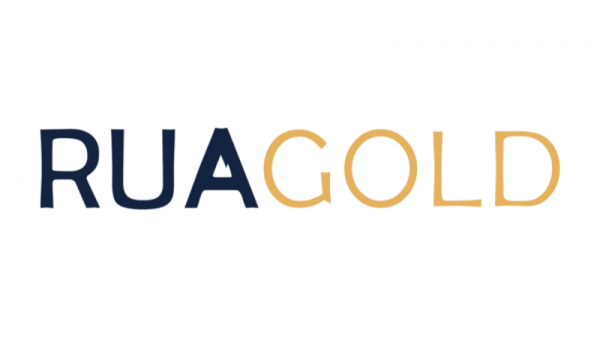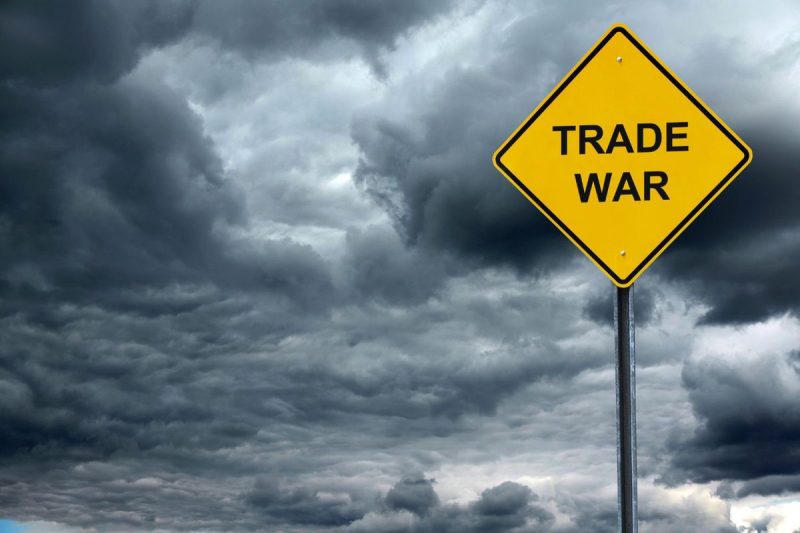
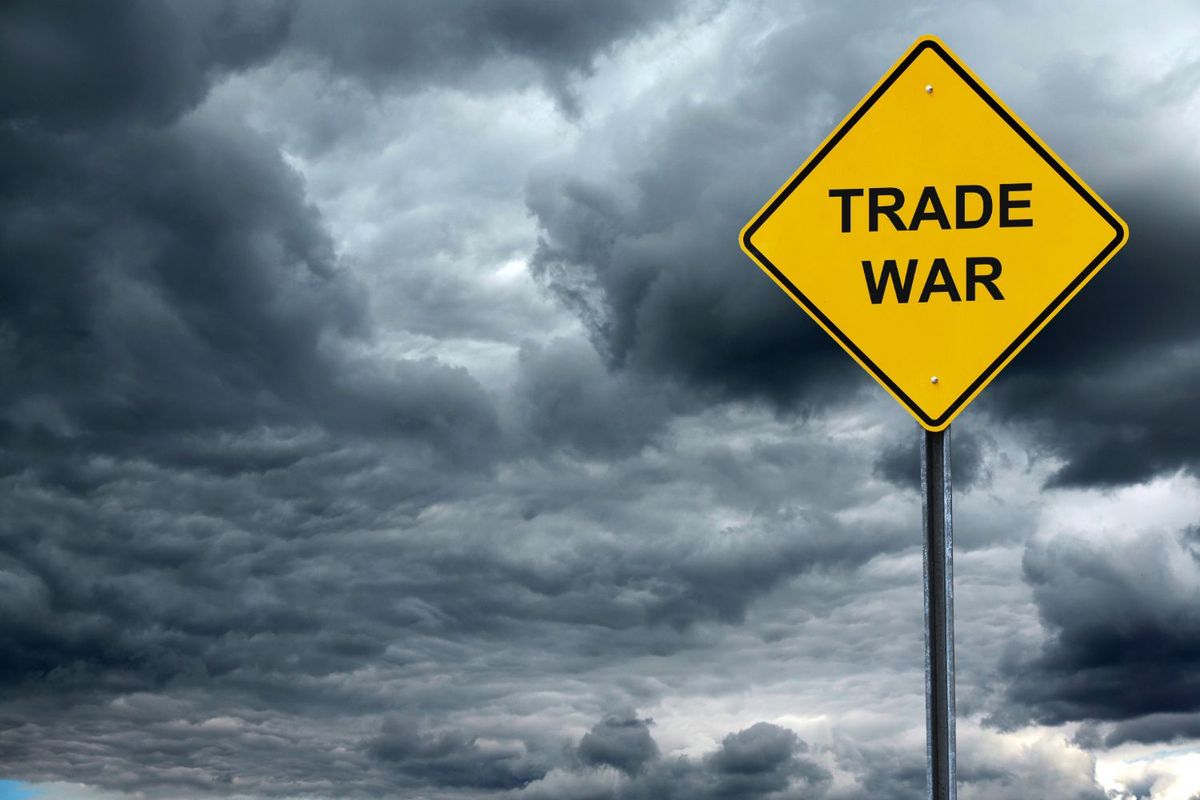
US President Donald Trump’s tariff policies are reshaping global commodities markets, with a variety of resource industries experiencing volatility since Trump reassumed power in the country.
The implementation of 25 percent tariffs on imports from Canada and Mexico — albeit currently paused — and a 10 percent increase on Chinese tariffs has created supply and currency fluctuations across the commodities board.
Gold hits new record on safe-haven demand
The gold price reached record levels as investors reacted to Trump’s tariffs.
Spot gold rose as high as US$2,843.71 per ounce on Tuesday (February 4) morning, settling around the US$2,840 level as of 11:30 a.m. EDT. Gold futures were sitting at about US$2,870 at that time.
Although gold and the US dollar typically have an inverse relationship, safe-haven demand has offset the impact of a stronger currency as investors seek protection agains inflation and economic uncertainty.
Canada, Mexico and China have announced retaliatory trade measures against the US, with China confirming it will challenge the tariffs at the World Trade Organization. Market participants anticipate further geopolitical instability, which could sustain high gold prices despite interest rate expectations.
Supply risks and price pressures loom over PGMs market
Platinum-group metals (PGMs) are facing uncertainty as tariffs threaten to disrupt established trade routes.
The US is a net importer of 560,000 ounces of platinum annually, representing 7 percent of global demand, and 400,000 ounces of palladium, accounting for 4 percent of global consumption.
With PGMs included in the tariff framework and limited ability to expand US domestic production, supply shortages could emerge, according to a recent World Platinum Investment Council release.
For instance, the Stillwater mine in Montana, the largest domestic producer, reduced its capacity by 40 percent in 2024, and a reversal would require substantially higher platinum prices. Meanwhile, Canada’s Lac des Iles mine risks losing the US as an export market, though South African PGMs miners remain untariffed for now.
Macroeconomic factors also contribute to downside risks for platinum pricing.
Tariffs contribute to inflation, which could slow the US Federal Reserve’s rate-cutting trajectory and support a stronger US dollar, both of which historically correlate with lower platinum prices.
Crude oil prices decline amid trade uncertainty
Crude oil prices fell on Tuesday as US tariffs on China took effect.
According to Reuters, West Texas Intermediate (WTI) crude dropped 1.8 percent to reach US$71.84 per barrel, while Brent crude fell 1.2 percent to US$75.09 per barrel.
The impact of tariffs on global energy markets is unfolding in stages, with China imposing a retaliatory 10 percent tariff on US crude oil imports effective February 10.
China’s 2024 crude oil imports from the US account for 1.7 percent of its total crude purchases. This supply reduction, combined with retaliatory tariffs on US coal and liquefied natural gas, could shift trade flows.
Recently, the US had been expanding its crude exports to China following a Phase 1 trade agreement signed under Trump’s first term; however, these new tariffs could reverse those gains.
If enacted, Canada would face 10 percent tariffs on energy products, lower than the 25 percent proposed on all other Canadian goods. The restrictions were paused by Trump on Monday (February 3) following commitments from both the Canadian and Mexican governments to increase border enforcement.
Copper and zinc rise as Canada, Mexico tariffs paused
The delay on tariffs sent copper and zinc prices higher.
Copper, which serves as a key industrial indicator, extended gains as sentiment reversed.
The US delay in imposing 25 percent tariffs on Canadian and Mexican imports eased immediate concerns of a continental trade war, which had previously weighed on base metals, Bloomberg reported.
On Tuesday, copper traded 0.3 percent higher at US$9,124 per metric ton on the London Metal Exchange, following a US$200 price swing in the prior session.
Zinc also climbed 0.3 percent, while aluminum prices stabilized.
Even so, market participants remain cautious about Trump’s ongoing tariff threats against China.
Base metal prices had been pressured by concerns over declining Chinese demand, particularly as China remains closed for the Lunar New Year holiday.
Securities Disclosure: I, Giann Liguid, hold no direct investment interest in any company mentioned in this article.

